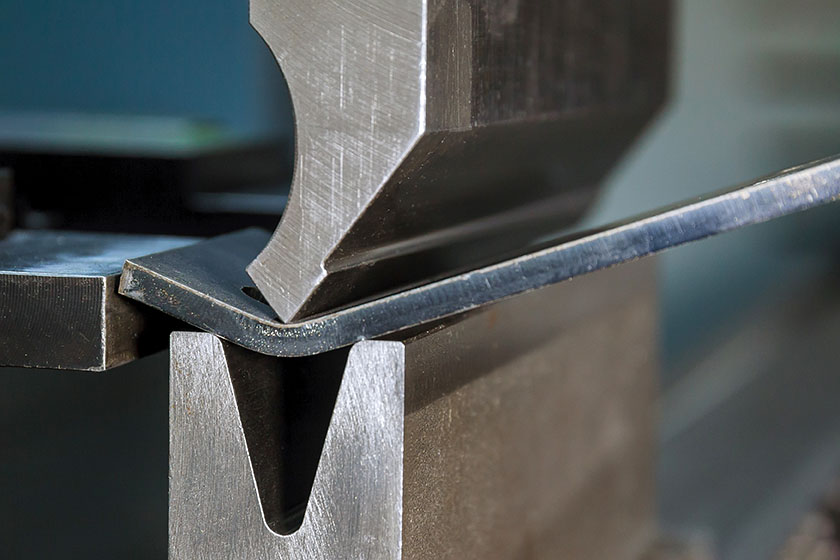
bend
Definition
Bend is to change the shape of something by applying a force. When you bend something, you are stretching the material on one side and compressing the material on the other side. This causes the material to deform, or change shape.
The amount that something bends depends on the strength of the material and the amount of force that is applied. A strong material will bend less than a weak material, and a larger force will cause a larger bend.
The bending of materials is important in many different applications. For example, it is used to make curved beams and springs. It is also used in the manufacturing of clothing and other objects.
How can the word be used?
The material is easy to bend.

Different forms of the word
Noun:
- bend (a curve or angle).
- bend (the act of bending something).
Adjective:
- bendable (able to be bent).
Verb:
- to bend (to curve or angle something).
Etymology
The word "bend" comes from the Old English word "bendan," which means "to curve or to make something curve." The Old English word "bendan" is related to the Old Norse word "beina" and the German word "biegen.".
Question
What materials bend easily?
AQA Science Exam Question and Answer
Question:
Define the term "bend" in the context of light and optics. Explain the phenomenon of light bending when it passes through different mediums with varying refractive indices. Provide an example of a real-life situation where light bending is evident.
Answer:
In the context of light and optics, "bend" refers to the change in direction that light undergoes when it passes through a medium with a different refractive index.
When light travels from one medium to another with a different refractive index, such as air to glass or water, its speed changes, and the light rays bend. This phenomenon is known as refraction. The amount of bending depends on the angle of incidence and the refractive indices of the two media involved. If the light passes from a less dense medium to a more dense medium, it bends toward the normal (perpendicular line), while it bends away from the normal when passing from a more dense medium to a less dense medium.
An example of light bending is the apparent shift in the position of a straw or any object placed in a glass of water. When light travels from water (denser medium) to air (less dense medium) at the air-water interface, it undergoes refraction, making the straw appear bent or broken at the water's surface. This phenomenon is a result of the different refractive indices of air and water, causing the light rays to change direction as they cross the boundary between the two mediums.